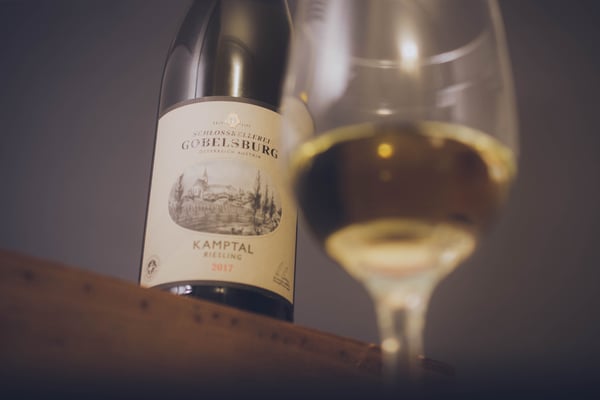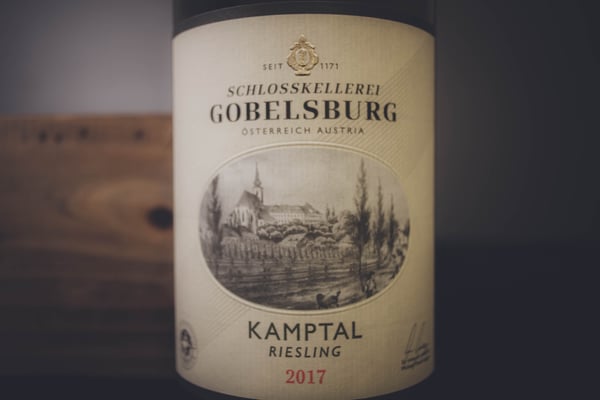Riesling is a hard sell. In the time I've worked at The Chopping Block, I've seen two types of Riesling drinkers come through the store: wine novices and wine experts, but there's a whole sea of intermediate wine enthusiasts in between them that are turned off by its frequent sweetness and unimpressed with its refreshing acidity. For this middle category who make up the majority of our customer base, promises of a good Riesling are treated with the same skepticism as Bigfoot sightings and stories of UFO abduction. Which is a shame, really, because it's a good time to be a Riesling drinker.

Our earliest reference to Riesling comes from Rüsselsheim, Germany in the year 1435, in the annual expenditure report of a local cellarmaster, who it is believed, was purchasing vine cuttings. To put this in perspective, most grapes you see on the shelves in your local wine shop are far more recently discovered. Of the Noble Grapes, only Pinot is older. The next oldest would be Sauvignon Blanc which was first recorded nearly 100 years later in 1534. Malbec, Merlot, Syrah, and Cabernet Sauvignon were first mentioned in the mid 18th century. While there are certainly grapes as old as Riesling still used in wine production, there aren't many, and very few have achieved the same degree of commercial success.
So, what is it? What's so great about Riesling?
Three things:
1. Riesling is very aromatic. Have you ever had a glass of wine whose aroma was so captivating that you were reluctant to drink it? It happens from time to time, but more frequently with grapes like Riesling whose aroma can be so potent. For some of you this may seem like a strange selling point, but those of you who have experienced it will know what I'm talking about.
2. As I mentioned earlier, it's a good time to be a Riesling drinker. You can spend under $20 and find a reasonably priced, good quality Riesling. If you're not afraid of a sweet wine, Germany produces amazing Rieslings at all levels of sweetness, from bone dry, to late harvest, to fully botrytised dessert wines (similar to Sauternes), and even eiswein (ice wine). On the other hand, if your tolerance for sweet wines is kind of low, check out Riesling from Austria, which is typically dryer than German Riesling. If you've never tried wine from Austria, we're selling a nice one right now.













